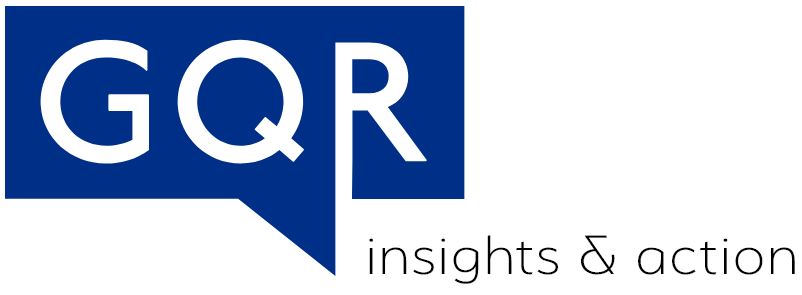This article, written by GQR VPs Jiore Craig and Kelsey Suter, was originally posted on Medium on March 17, 2020.
As COVID-19 disrupts organizations around the world, campaigns not only need to take necessary precautions to protect their staffs and the public, they also need to think creatively about how to reroute offline activities into online engagement. During a period of social distancing and quarantines, door knocking needs to give way to digital organizing.
Many campaigns currently face indefinitely postponed canvassing shifts, delayed primary elections, and cancelled meetings. Such drastic shifts are scary and frustrating, but also create opportunities to move online in smart ways.
At GQR, we help clients around the world implement smart digital organizing strategies, and want to share guidance on how campaigns and other organizations can maximize their online planning in the coming weeks.
Here are 4 principles for smart digital organizing, and how to apply them:
1. Prioritize two-way engagement. Too often, campaigns focus on using social media only to broadcast a message, rather than to meaningfully engaging with their audiences. They too often treat social media platforms like television — just another place to post messages and ads. In reaction to the pandemic, many groups now are putting more effort into websites and amplifying trustworthy information online, and that is great. But to stand out and build support over the long term, instead give your audiences a way to interact with you and react back.
How it applies:
On social media, spend time asking for and responding to personal stories, replying to comments, creating spaces for conversation, and soliciting feedback. Climate activist Greta Thunberg, for example, called for a digital climate strike to replace school strikes, with activists around the world posting photos of their protest signs to social media using #ClimateStrikeOnline.
2. Build trust through online community. The spread of coronavirus has created an online environment ripe for misinformation, misunderstanding, and confusion. Rather than just trying to counter these lies individually, now is the time for campaigns to build trust with supporters that will make their messages resonate for the long term. Building trust is about more than countering false information — it is about showing how you and your supporters are part of the same community. We stress to campaigns that in addition to focusing on the old GOTV, they now need to focus on GOVT — Growing Online Voter Trust.
How it applies:
Now is the time for campaigns and organizations to show how they are caring for those around them — everything from organizing volunteers to help those self-quarantining, spotlighting local businesses who need support, or offering resources for those spending time at home. For example, Congressman Joe Kennedy is using his Senate campaign email list to fundraise for those impacted, and San Francisco mayor London Breed is using his Instagram to share sites where kids can get free meals. Congressman Antonio Delgado shared an honest inside look at how days at home look for him and his kids on Facebook.
3. Empower your people online. The best digital infrastructures are self-sustaining, facilitating organic engagement from a network of people who operate as a community. To build this community, campaigns need to invest in online relationships and empower people (especially those with large social media followings) to speak on their behalf.
How it applies:
While there are some paid tools to help with relational organizing, campaigns never need to spend money on them — social media platforms themselves are digital organizing tools with built-in group chat features, video calling, and direct messaging. Some campaigns are using the Vote Tripling principle to talk to friends on SMS or direct message about voting or their candidate. And the WHO has created the #SafeHands challenge, enabling global leaders and influencers to share videos of themselves washing their hands and talking about the importance of good hygiene.
4. Stay connected to your goals. Most important, digital organizing is about finding new ways to do online what campaigns are already doing in real life — or in this case, what they were planning to do offline and now need to move online. Rather than using this time to try a new tool or approach for the sake of moving online, smart campaigns are finding ways to adapt what they are already doing to a digital environment.
How it applies:
Many campaigns are already shifting to phone banking over canvassing. The Arizona chapter of the youth organizing group NextGen took things a step further by hosting a text banking session through Zoom video conferencing. Campaigns should seize the opportunity to move even more field operations online. For example, door knockers could be sending their candidate’s social media content to as many people as they would have canvassed, and sharing feedback through an intake form. This both builds voter trust online and helps achieve organizing goals.
Campaigns will need to be flexible and adjust during this national crisis, but they have long needed to break out of stale offline strategies that no longer reach people as efficiently as online outreach can. If campaigns are willing to try, they may find they reach both high-energy primary voters as well as low-propensity voters or those who otherwise would not have had their door knocked.
